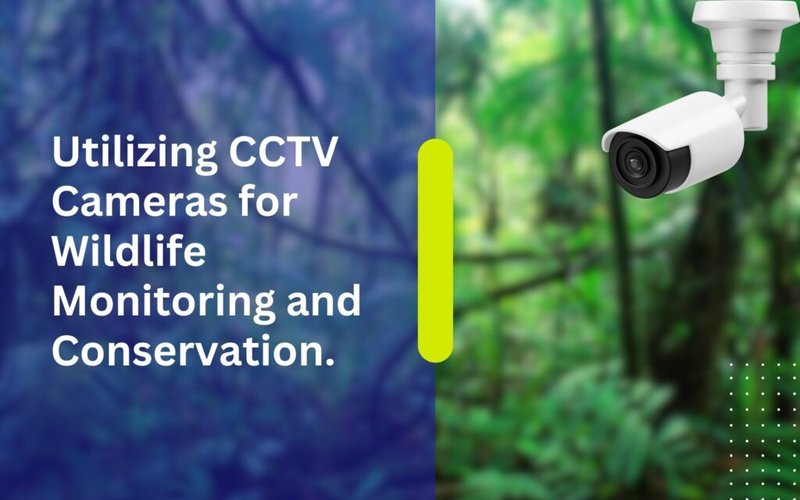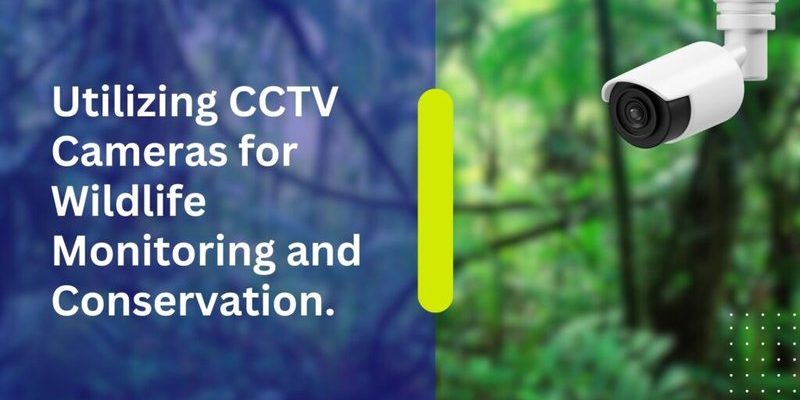
Imagine being a fly on the wall—well, more like a camera on a tree—watching botflies hatch and interact with their environment. Wildlife cameras, like the popular ones from brands such as Bushnell or Reconyx, give us the power to document these moments without being intrusive. In this article, we’ll explore how to effectively use these cameras to track botfly activity, the types of cameras best suited for the job, and the fascinating world of botflies themselves. So, let’s dive in!
Understanding Botflies: Nature’s Unusual Parasites
You might be wondering, what exactly are botflies? These are parasitic flies known for laying their eggs on mammals, including rabbits, deer, and even humans. When the larvae hatch, they burrow into the host’s skin, causing a host of health issues. This life cycle can be quite distressing for the animals involved, making monitoring their activity essential for wildlife management.
Botflies have a unique way of interacting with their hosts, and their larvae can stay within the host for weeks, developing into pupae before emerging as adult flies. Understanding this cycle helps wildlife experts determine when and where to expect botfly activity, making wildlife cameras perfect for the job. With a good camera setup, you can monitor these pesky parasites without causing stress to the wildlife.
Choosing the Right Wildlife Camera
When it comes to selecting a wildlife camera for monitoring botfly activity, you have a few options. Here are some key features to consider:
- Resolution: Look for at least 12 megapixels for clear images.
- Trigger Speed: A faster trigger speed (less than 0.5 seconds) ensures you capture quick movements.
- Night Vision: Infrared or no-glow flash helps in low-light conditions while remaining undetectable.
- Battery Life: Choose a model with long battery life, ideally over six months, for uninterrupted monitoring.
For instance, the Bushnell Trophy Cam is well-regarded for its excellent image quality and long battery life. You’ll want something that can withstand various weather conditions too, especially if you’re placing it outdoors for an extended period.
Setting Up Your Wildlife Camera
Once you’ve chosen your camera, it’s time to set it up. Here’s a straightforward step-by-step guide:
1. **Choose a Location:** Look for areas where you’ve noticed animal activity, like paths or near water sources.
2. **Mount the Camera:** Use a sturdy mount or strap it to a tree about 2-3 feet off the ground. Make sure it faces east or west for optimal lighting.
3. **Adjust Settings:** Set your camera to take pictures during the hours when botflies are most active—typically late afternoon to early evening.
4. **Test It Out:** Take a few test shots to ensure it’s capturing the right area and adjust as necessary.
Honestly, the placement can make a huge difference. You want to capture those key moments without startling the animals or disrupting the natural flow of events.
Monitoring and Analyzing Activity
After you’ve set up your camera, the real fun begins! Monitor the footage regularly. You’re likely to witness not just botflies but also other wildlife, giving you a broader view of the ecosystem.
As you review the data, pay attention to patterns. How often do botflies appear? Do they show up at specific times of day? Noting such details can help you understand their lifecycle and their impact on local wildlife.
You might also consider syncing your wildlife camera data with smartphone apps designed for wildlife monitoring. This way, you can easily track and analyze botfly activity alongside other fascinating findings from your camera.
Common Challenges and Troubleshooting
Like any tech, wildlife cameras can have their quirks. Here are a few common problems you might run into and how to troubleshoot them:
- Camera Not Taking Photos: Check if the batteries are charged or if the card is full. A simple reset can sometimes do the trick.
- Blurry Images: Ensure the camera is stable and properly focused. Adjust the sensitivity settings if necessary.
- Too Many False Triggers: If you’re getting countless empty photos, consider adjusting the motion sensitivity.
By being proactive about these issues, you can ensure your wildlife camera serves you well in monitoring botflies and other wildlife in your area.
The Benefits of Monitoring Botflies
So why should you bother to monitor botfly activity? There are several compelling reasons:
– **Ecosystem Health:** Understanding botfly populations helps gauge the health of local wildlife. High infestations can indicate problems within the ecosystem.
– **Wildlife Management:** For game and veterinary services, monitoring helps manage populations and mitigate health risks among animals.
– **Educational Opportunities:** Observing botflies can offer fantastic insights into parasitism and its role in nature, making it a learning experience for students and enthusiasts alike.
In short, monitoring botflies using wildlife cameras not only supports wildlife conservation efforts but also enhances our understanding of nature’s intricate web.
Using wildlife cameras to monitor botfly activity offers a unique opportunity to connect with nature in a meaningful way. It’s more than just snapping pictures; it’s about understanding the complex interactions between species and their environments.
So grab a camera, find a quiet spot in the woods, and let the wonders of the wildlife unfold before your eyes. You’ll be amazed at the hidden stories waiting to be told, and who knows, you might just help make a difference in your local ecosystem along the way!

